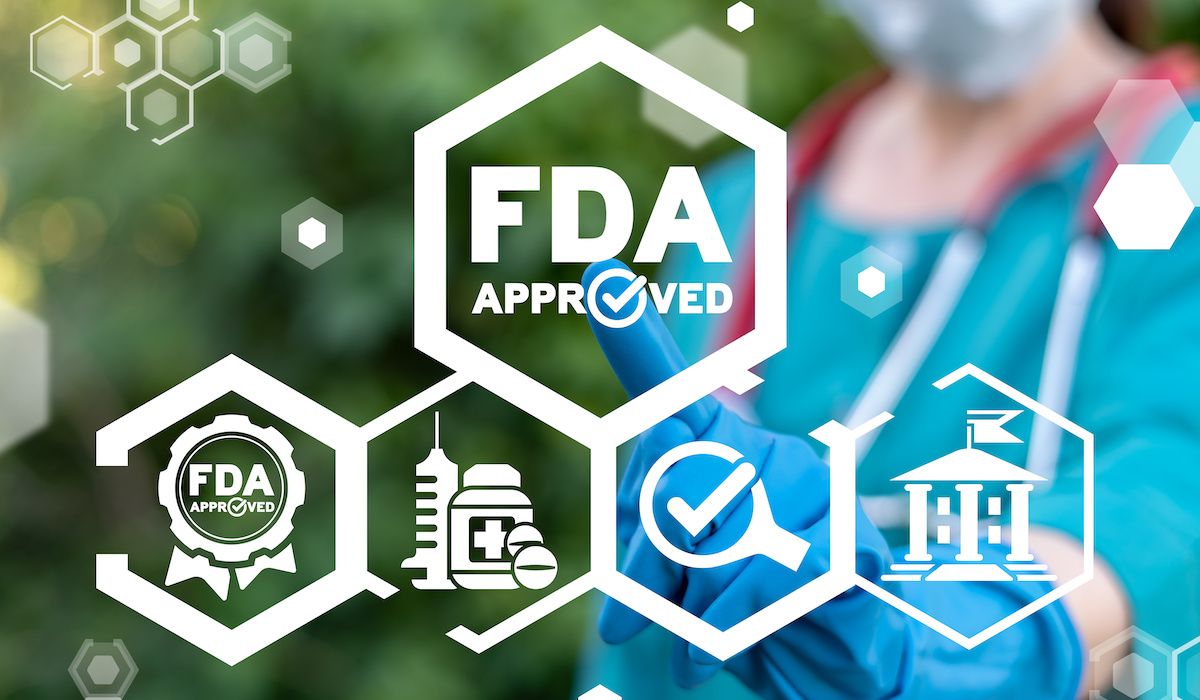Article
Pandemic Linked With Increase in Nocturnal Sleep Time, Daytime Napping in Patients With Narcolepsy Type 1
Author(s):
Patients with narcolepsy type 1 who are working or studying from home amid the coronavirus disease 2019 pandemic exhibited an increase in nocturnal sleep time and reduced daytime sleepiness. These patients also presented with significant weight gain.
Patients with narcolepsy type 1 (NT1) who worked or studied from home amid the coronavirus disease 2019 (COVID-19) pandemic exhibited an increase in nocturnal sleep time and reduced daytime sleepiness, according to study findings published in Brain and Behavior.
In a prior study examining the influence of the pandemic on patients from Brazil with NT1, it was reported that these populations presented with changes in bedtime and waking schedules. While no association was found between changes in place of work and narcolepsy symptoms, this change in sleeping schedules may have an extensive impact on the circadian rhythm of patients with NT1, which could then exacerbate adverse symptoms such as cataplexy and sleep paralysis.
For the current study, researchers sought to further examine the role of changes brought by lockdown measures caused by COVID-19 in the working schedules of patients with NT1 from Italy, which presented with the most cases and deaths related to COVID-19 from February to March 2020 and was the first country to adopt lockdown measures in Europe.
Examining a patient cohort under stable long-term treatment (N = 50 patients; aged >18 years; 40% men), researchers performed routine follow-up visits via telephone from April 10 to May 15, 2020. Patients were divided into 3 groups:
- those with unchanged working schedule (n = 20)
- those forced to work/study at home (n = 22), and
- those who lost their occupation (n = 8).
“Current sleep–wake habit and symptom severity were compared with prelockdown assessment (6 months before) in the 3 patient groups,” added the study authors.
When comparing groups, patients with NT1 who had lost their occupation showed no significant differences compared with a prepandemic assessment. Conversely, those with unchanged schedules reported a significant increase in disturbed nocturnal sleep complaints ranging from 15% to 40%.
Patients with NT1 in the working/studying at home group showed a significant increase in reported nocturnal sleep time, from 7.9 to 8.3 hours, and frequency of daytime napping, from 27.3% prepandemic to 54.4% in the follow-up. These variables contributed to a significant decrease in daytime sleepiness intensity, as measured by the Epworth Sleepiness Scale, from 10.8 to 8.7.
However, patients in the working/studying at home group showed a small but statistically significant increase in their body mass index, from 23.4 to 23.8. Patients in this group were also noted to be younger both at time of evaluation and at time of diagnosis, as well as more likely to be students.
Symptoms of sleep-related paralysis/hallucinations, automatic behaviors, cataplexy, and disturbed nocturnal sleep did not differ for any group from prepandemic to the follow-up analysis.
Researchers concluded that findings should promote further research on the efficacy of behavioral interventions in NT1, focusing on sleep hygiene, scheduled napping, and physical activity.
Reference
Postiglione E, Pizza F, Ingravallo F, et al. Impact of COVID-19 pandemic lockdown on narcolepsy type 1 management. Brain Behav. Published online November 28, 2020. doi:10.1002/brb3.1955





